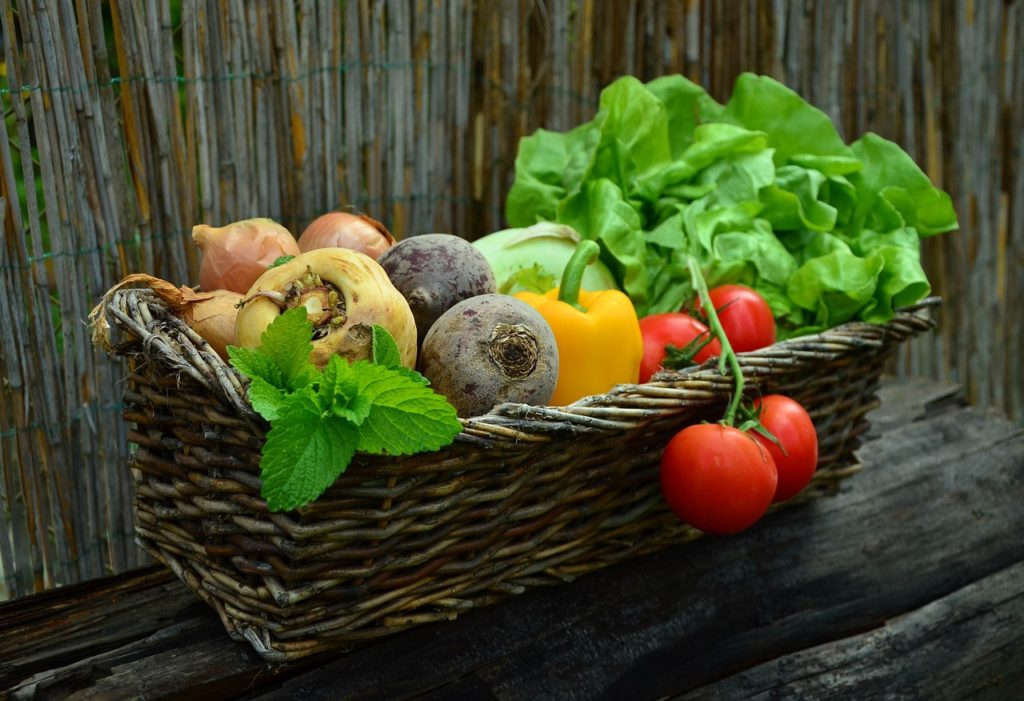
New research shows that eating mostly minimally processed foods, as defined by the NOVA classification system, may not necessarily result in a healthy diet. This suggests that the specific types of foods we consume could have a greater impact on our health than the level of processing used to make them.
When comparing two menus that represent a typical Western diet, one focusing on minimally processed foods and the other on ultra-processed foods as categorized by the NOVA classification system, the researchers discovered that the less processed menu was more than twice as expensive. Furthermore, it reached its expiration date over three times faster without providing any additional nutritional value.
“This study suggests that it’s possible to maintain a poor diet even when predominantly consuming minimally processed foods,” stated Julie Hess, PhD, a research nutritionist at the USDA-ARS Grand Forks Human Nutrition Research Center, who conducted the study. “It also demonstrates that both highly processed and less processed diets can be equally nutritious or non-nutritious, but the highly processed diet may have a longer shelf life and be more cost-effective.”
The latest research expands on a study published last year. It showed that it is achievable to create a nutritious menu that meets dietary recommendations while mostly using ultra-processed foods for its calories. In the new study, the researchers explored the reverse question: Can a low-quality menu primarily consist of calories from “simple” foods?
Two menus were created to determine the impact of food processing. The first menu derived 20% of its calories from ultra-processed foods, while the second menu derived 67% of its calories from ultra-processed foods. The level of processing for each menu was evaluated using the NOVA classification system.
The two menus were found to have a Healthy Eating Index score of approximately 43-44 out of 100. This score reflects poor adherence to the Dietary Guidelines for Americans. The researchers estimated that the less-processed menu would cost $34.87 per day per person, while the more-processed menu would cost $13.53 per day. Additionally, they calculated that the median time to expiration for the less-processed menu items was 35 days, compared to 120 days for the more-processed menu items.s
The study draws attention to the disconnect between food processing and nutritional value. Hess noted that some nutrient-dense packaged foods, such as unsweetened applesauce, ultrafiltered milk, liquid egg whites, and some brands of raisins and canned tomatoes, can be classified as ultra-processed.
“The results of this study indicate that building a nutritious diet involves more than a consideration of food processing as defined by NOVA,” said Hess. “The concepts of ‘ultra-processed’ foods and ‘less-processed’ foods need to be better characterized by the nutrition research community.”